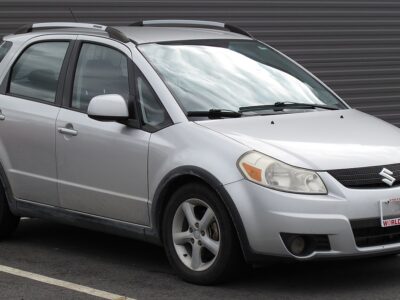
Mitsubishi Mirage Check Engine Light: Why It Comes On and What You Should Do
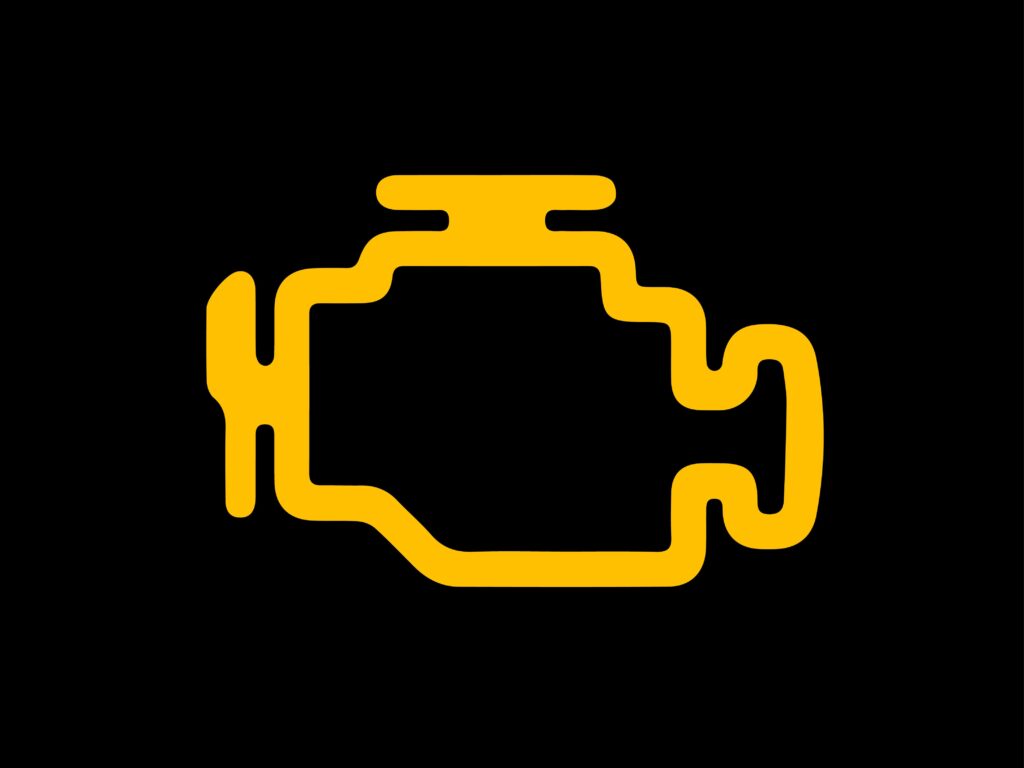
The check engine light is one of the most common and sometimes frustrating warning lights that may illuminate on the Mitsubishi Mirage's instrument cluster. But don't panic—while it may seem alarming at first, understanding what triggers this light and knowing how to handle it can save you time, money, and stress. In this guide, we explore the causes behind the check engine light, how to pull trouble codes, how to reset it, and answer common questions related to this issue.
What Are Trouble Codes?
When the check engine light comes on in your Mitsubishi Mirage, it’s an indication that the vehicle’s computer has logged a Diagnostic Trouble Code (DTC). These codes serve as diagnostic clues, helping you pinpoint the problem with your vehicle's engine or emissions system.
Common Trouble Codes
Understanding some of the most common trouble codes can provide you with a clearer idea of what might be wrong. Here are a few codes to look out for:
- P0420: This code often points to an issue with your catalytic converter, meaning it’s not filtering emissions as efficiently as it should be.
- P0442: This code usually appears when there is a small EVAP leak. It could be as simple as a loose gas cap or a more complicated issue within the EVAP system.
- P0300: A random misfire code, which could be triggered by faulty spark plugs, wires, or ignition coils.
- P0128: This code indicates that the engine is running too cool, often due to a stuck-open thermostat.
- P0172: This code refers to an overly rich air-fuel mixture, potentially caused by faulty oxygen sensors, leaking fuel injectors, or excessive fuel pressure.
How to Pull Trouble Codes on Your Mitsubishi Mirage
When the check engine light comes on, pulling the trouble codes is one of the first steps you should take. Fortunately, there are a couple of ways to do this:
1. Using an OBD-II Scanner
The Mitsubishi Mirage, like all vehicles manufactured after 1996, comes equipped with an OBD-II (On-Board Diagnostics) port. To retrieve the codes, you can use an OBD-II scanner. Here’s how:
You may be interested in reading Troubleshooting and Fixing Radio Issues in Your Mitsubishi Mirage: A Comprehensive Guide
Troubleshooting and Fixing Radio Issues in Your Mitsubishi Mirage: A Comprehensive Guide- Locate the OBD-II Port: Typically located under the dashboard, just below the steering wheel. If you’re unsure, refer to the owner’s manual.
- Plug in the Scanner: Insert the scanner into the OBD-II port and turn on the ignition.
- Retrieve the Codes: The scanner will communicate with the vehicle’s computer and pull up the trouble codes.
2. Going to a Shop or Auto Parts Store
If you don't own an OBD-II scanner, don’t worry—most auto parts stores or local repair shops offer free code scanning services. Simply bring your Mirage in, and they’ll scan the vehicle for you.
Once you have the codes, look them up or consult with a professional mechanic to interpret them.
How to Reset the Check Engine Light
After diagnosing and fixing the issue that triggered the check engine light, you may want to reset it. There are three methods to reset the light:
1. Fix and Wait
The most effective method is to fix the underlying issue and drive your Mirage for a few drive cycles. The vehicle’s computer will automatically recognize that the problem has been resolved, and the check engine light will turn off.
2. Use an OBD-II Scanner
If you’ve repaired the issue, you can use an OBD-II scanner to clear the trouble codes and reset the check engine light. However, be aware that if the problem hasn’t been fully addressed, the light may turn back on.
You may be interested in reading Troubleshooting and Fixing Radio Issues in Your Mitsubishi Mirage: A Comprehensive Guide
Troubleshooting and Fixing Radio Issues in Your Mitsubishi Mirage: A Comprehensive Guide Ford Puma Battery Problems — Symptoms, Causes, and Fixes
Ford Puma Battery Problems — Symptoms, Causes, and Fixes3. Disconnect the Battery
Another simple approach is to disconnect the battery. Here’s how:
- Disconnect the Battery: Unhook both cables from the battery terminals (negative cable first).
- Wait 30 Seconds: Allow the system to reset.
- Reconnect the Battery: Once reconnected, the check engine light should reset.
However, if the problem wasn’t properly fixed, the light will likely come back on.
Common Questions About the Check Engine Light
Will a Vehicle Fail Inspection with the Check Engine Light On?
In most states, your Mitsubishi Mirage will automatically fail an emissions inspection if the check engine light is on, regardless of the underlying issue. This is because the presence of a trouble code suggests that the emissions system or engine components may not be functioning properly. Therefore, it’s crucial to address the issue before attempting an emissions test.
Can You Drive with the Check Engine Light On?
Whether it’s safe to drive with the check engine light on depends on the specific trouble code triggered. If the light is steady (not flashing), it may be safe to drive for a while. However, if the light is flashing, it indicates a serious issue, often related to engine misfires. In this case, driving should be avoided as it can lead to further damage, particularly to the catalytic converter.
Why Is My Check Engine Light Flashing?
A flashing check engine light usually signals a severe engine issue. The most common cause is a misfire, where unburned fuel is being sent into the exhaust system. This can damage your catalytic converter and other components. If your check engine light is flashing, it's best to stop driving immediately and have your vehicle towed to a repair shop.
You may be interested in reading Troubleshooting and Fixing Radio Issues in Your Mitsubishi Mirage: A Comprehensive Guide
Troubleshooting and Fixing Radio Issues in Your Mitsubishi Mirage: A Comprehensive Guide Ford Puma Battery Problems — Symptoms, Causes, and Fixes
Ford Puma Battery Problems — Symptoms, Causes, and Fixes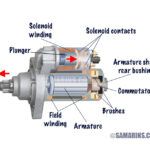 Ford Puma Clicking Noise and Won’t Start – Complete Troubleshooting Guide
Ford Puma Clicking Noise and Won’t Start – Complete Troubleshooting GuideBy understanding the common causes, how to pull trouble codes, and how to reset the check engine light, you can address issues with your Mitsubishi Mirage more effectively. However, always ensure the underlying problem is resolved to prevent further complications down the road.
Additional Insights
We recommend regularly scanning your vehicle for trouble codes even when the check engine light hasn’t come on. This proactive approach can help you identify small issues before they become major problems.
If you want to know other articles similar to Mitsubishi Mirage Check Engine Light: Why It Comes On and What You Should Do you can visit the category Common Problems.
Deja una respuesta

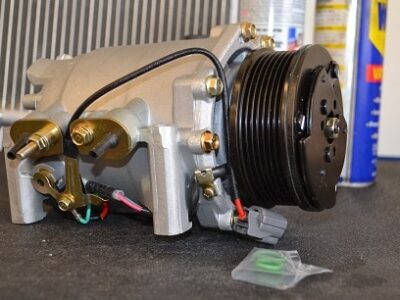
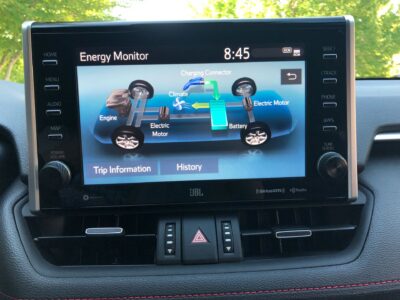
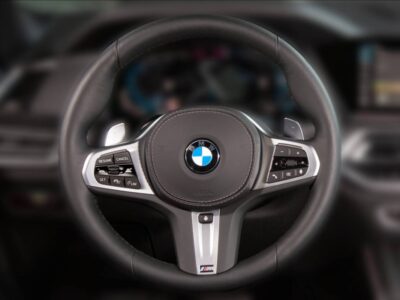
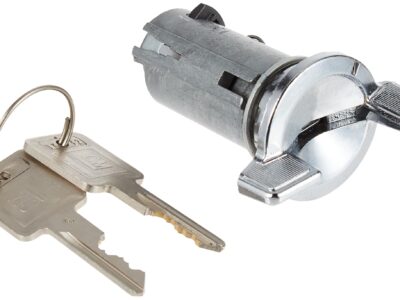

More content of your interest